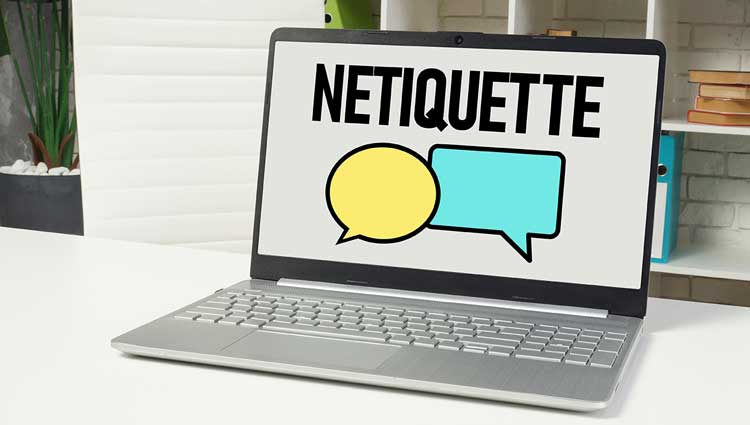Most of us get hundreds or even thousands of emails a week. And we write our fair share, too.
But the convenience of sending all those digital communiques zipping through cyberspace with a mere keystroke has caused us to forget some basic rules and best practices about e-broadcasts — and good communication in general.
Use these powerful tips for writing better emails to take your fundraising game (and career) to the next level. They’ll help ensure your next email not only gets read, but makes a good impression and even inspires your reader to take action. And they apply whether you’re sending a simple inter-office memo or creating a comprehensive email marketing campaign.
Check Yourself Before You Wreck Yourself
Proofread, and pay attention to grammar, spelling and punctuation. It doesn’t matter how much you hated sixth-grade English—research has shown that if your writing contains errors, people won’t take you seriously. You’ll lose their trust, because they’ll think, “She doesn’t care enough to check her own work.” Is that the message you want to send to potential donors? There are so many free and integrated tools (Grammarly.com and spell check, for instance) to help, there’s really no ekscuse excuse not too to use them.
Check Your Recipient’s Name
Now double- and triple-check it. If you get someone’s name wrong—whether it’s in an email or anywhere else—it’s game over. You’ve lost their respect, trust, and any authority you might have had. Again, it shows you don’t care enough to send the very best.
Hey! Don’t Do This!
Choose your email salutation carefully. Err toward the formal. Stick with greetings such as:
Dear [correctly spelled name],
This is a bit formal, but it’s tried and true.
Hello [correctly spelled name],
Still a little formal, but also tried and true.
Hi [correctly spelled name],
This works well for most purposes.
[Correctly spelled name],
Starting off with a name is short. Effective. To the point.
Hi there,
Works for most situations if you don’t know a name.
Hi everyone,
Works for most situations if you’re sending to a group.
Email Greetings to Avoid
Hey there! (Like, way too informal, dude.)
Dear Sir or Madam,
Too formal and antiquated.
To Whom it May Concern
Boring. Stodgy. Outdated.
Happy Friday!!
Someone’s a bit too cheerful …
What’s up? or Wassup!
No. Just no.
Exterminate Emojis
🤣 and 🥰 may be cute in a Facebook post or a text to your bae, but they have no place in business communications. At best, your email will look juvenile. At worst, unprofessional. Oh, and don’t use “bae.” Ever. Which segues nicely into my next point:
Keep it Professional
Want people to take you seriously? Skip the slang, bro. Don’t get too familiar. And show some respect. That’s not to say you can’t throw in a little humor, or write in a friendly tone. And it certainly doesn’t mean you should sound stodgy. But remember that you’re sending a business communication.
DON'T SHOUT
All caps just looks all wrong. And it makes it sound like you’re yelling. No one, I MEAN NO ONE, likes a yeller.
Subject Lines Say It All
Specificity counts. A vague email subject line like “hey” or “stuff” or “question” will likely 1) trigger spam filters and 2) trigger the reader to hit “delete” without opening. Accordingly, keep that subject line brief — this is not the place to write a donor story.
Aww … Don’t Get Cute!
Crazy or cursive fonts, kitten pictures, patterned or colored backgrounds, GIFs … all are no-nos.
End Appropriately
Stick with something simple, like “best,” “All the best,” “Kind regards,” “Sincerely,” or “Thank You.” Then use a signature line that includes your full name, title and company, appropriate contact info, and (of course) an enticing, clickable link to your gift plans page with something like “Did you know your IRA could be taxed up to 60% if given to your heirs?” (For more ideas, visit supercharging your signature line.)
A few other email best practices to consider: Shorten URLs; embed them if you can. Call attention to attachments. Use ‘Reply all’ and BCC only when necessary. Always think before forwarding. Also, when sending to multiple recipients, use an address book function that doesn’t list them all in the “to” header. And, LOL, skip the shorthand. IMHO, it’s confusing and completely unprofessional.
Now, go forth and email appropriately. Your donors (and your boss) will thank you.



